The Four Industrial Revolutions: Manufacturing Through the Ages
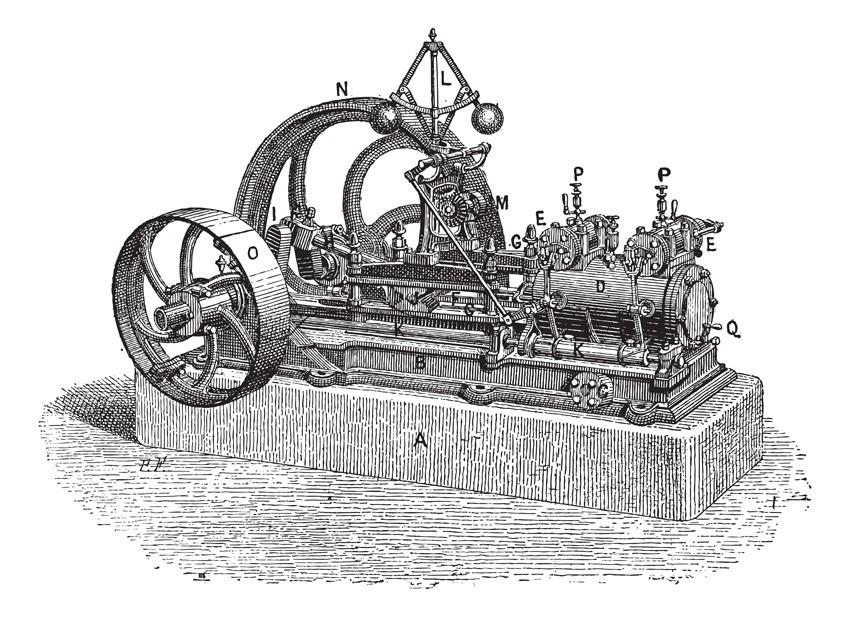
History is divided into different periods of time, classified not necessarily by how long they are, but by the significance of what happened during that period. For example, the Jurassic Period was a 54-million-year time period, encased within the greater Mesozoic Era (252 million years). At a smaller scale, there’s no better example than the modern division of manufacturing eras.
We’re now in the fourth age of manufacturing, and while these ages are much shorter than any geological age, they’re arguably as important to history. Here’s a look at the four ages of industry and what came out of the four industrial revolutions that ignited them.
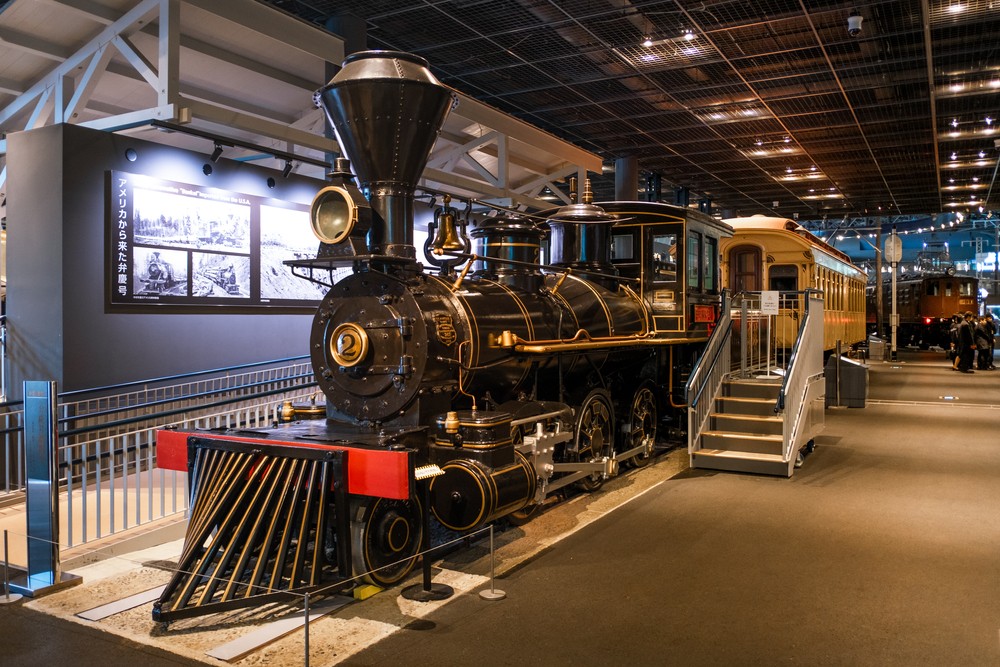
The First Industrial Revolution | 1760s-1860s
Before manufacturing as we know it today could exist, producers needed to consolidate. The 1760s started the shift from cottage production to centralized manufacturing. With this consolidation, came new innovations that made manufacturing cheaper, more efficient, and increased the scale at which production took place. Namely, mechanization.
Perhaps the most important invention of the age was the steam engine, which gave way to not only railroads, but mechanized power for manufacturers. Eventually, it led to metal forging, which gave way to even better machinery. Our ability to harness machines to do work for us officially heralded the manufacturing epoch.
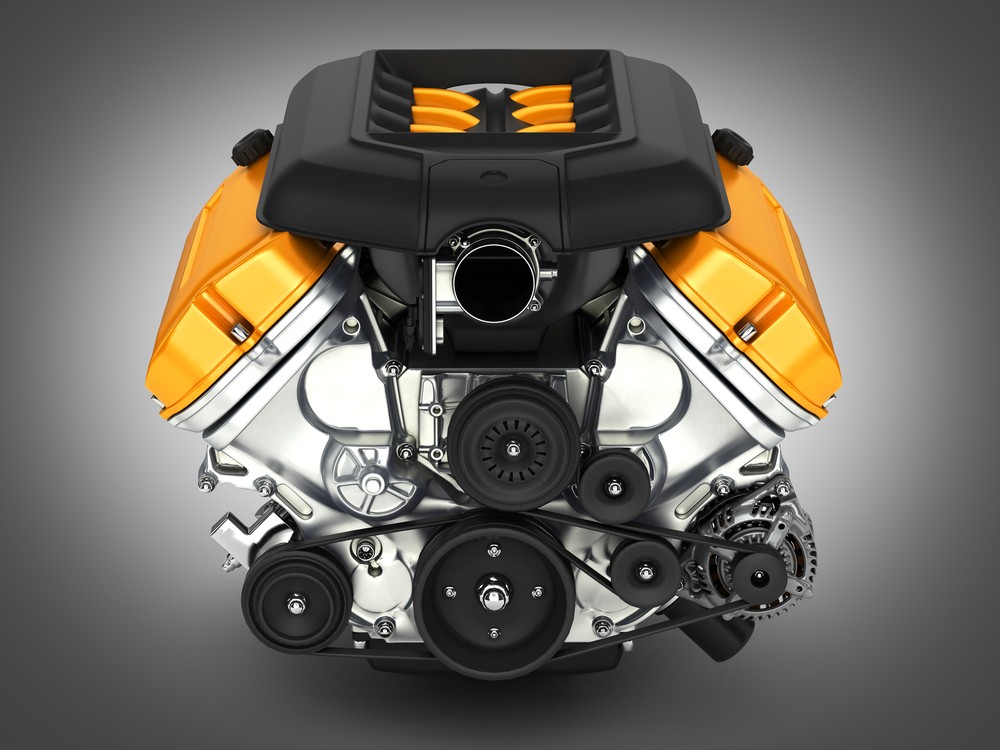
The Second Industrial Revolution | 1870s-1960s
With machines on our side and the ability to power them, we entered the second industrial revolution. The marquee technology of this second coming of innovation was the combustion engine. Not only did it give us the car, our ability to harness combustion power was a much-needed upgrade for every major factory in the world.
The other driving force behind this revolution was the widespread adoption of electricity. From telegraphs to incandescent lighting, factories were powered into a new era of efficiency thanks to simple electrical innovations. And, this new invention paved the way for an explosion of new consumer goods, fueling even more demand for manufacturing in the second era.
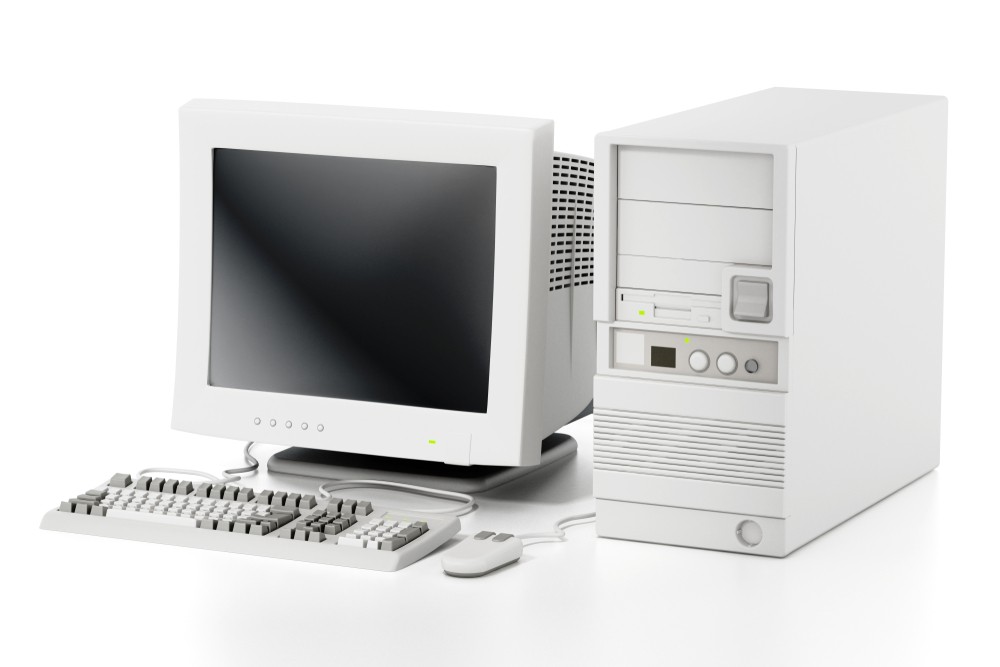
The Third Industrial Revolution | 1969-2000s
The Third Industrial Revolution is fixed to 1969 due to the rise of computing — specifically ARPAnet, the predecessor to the Internet. From there, it was an exponential rise to the manufacturing landscape we know today. The two biggest inventions were Programmable Logic Controllers (PLCs) and robots, which took the machinery we’d been honing for two centuries and made it autonomous.
Advancements in manufacturing exploded during this age, due in part to improvements in telecom, transportation, globalization, and digitization. We learned how to harness digital technology to think and work for us, which led to breakthrough advancements that completely changed the manufacturing landscape.
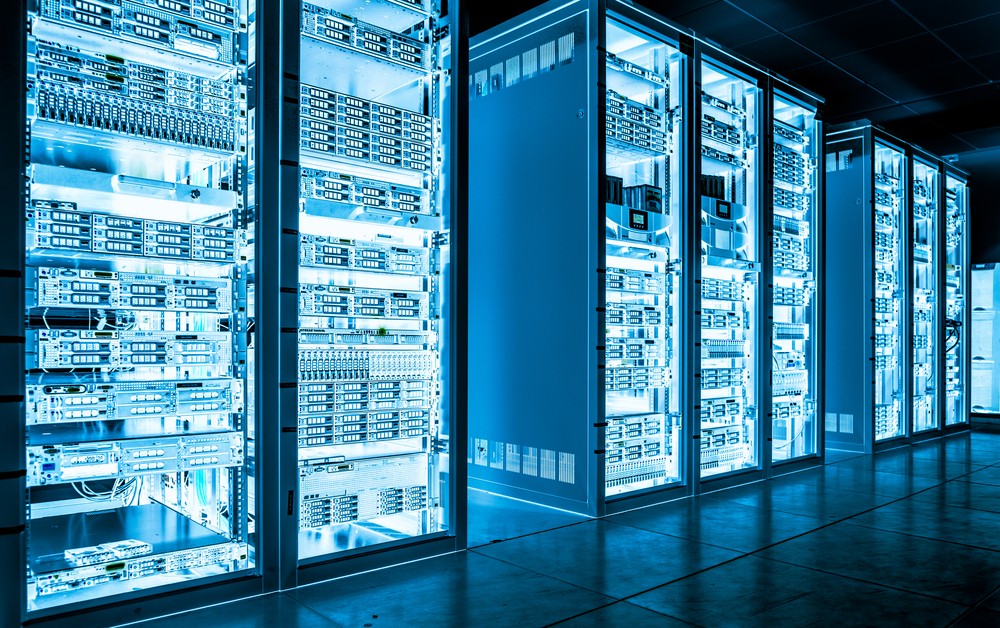
The Fourth Industrial Revolution | 2010s-Present
This latest manufacturing age is fueled by the advancements of its predecessor, with a new focus on technologies that improve automation and innovation. The Industrial Internet of Things (IIoT), Augmented Reality (AR), Virtual Reality (VR), Human-Machine Interface (HMI), robotics, and many other digital technologies are doing things we never imagined possible, with even more mind-boggling technology just around the bend — including additive manufacturing.
This age of manufacturing is a data-driven one, refined and improved with every string of ones and zeroes we capture and analyze. But we’ve begun to expand beyond the factory, too. Sustainable manufacturing is a primary directive, as is healthier manufacturing. This extends to both manufacturing practices and the goods themselves. It’s also an era of global manufacturing, where a part may be made around the world, decentralized from any one single place.
The revolution ahead
The time between industrial revolutions is on an exponential downtrend, and it took us just a decade to move from the third to the fourth era. It might only be a few more years until a breakthrough technology sends us into a whole new era of manufacturing possibilities.